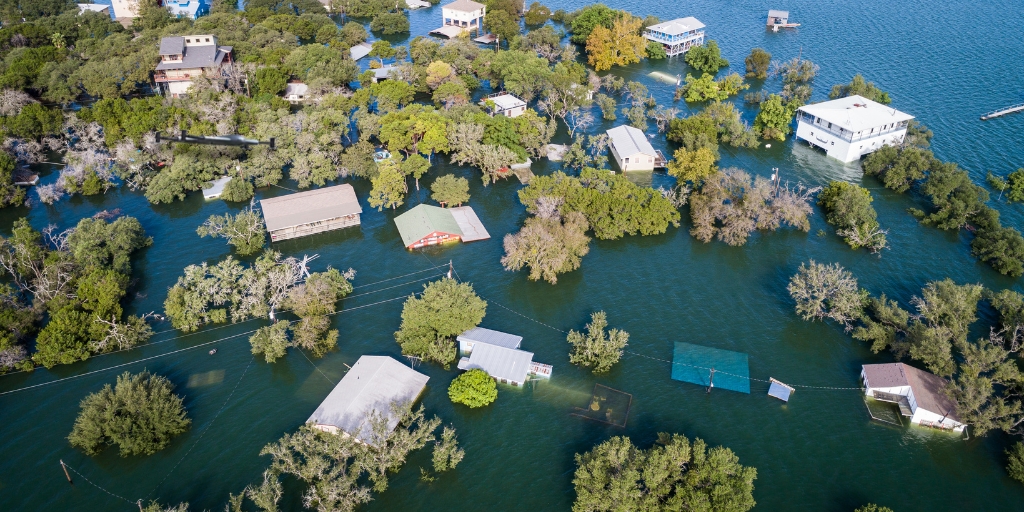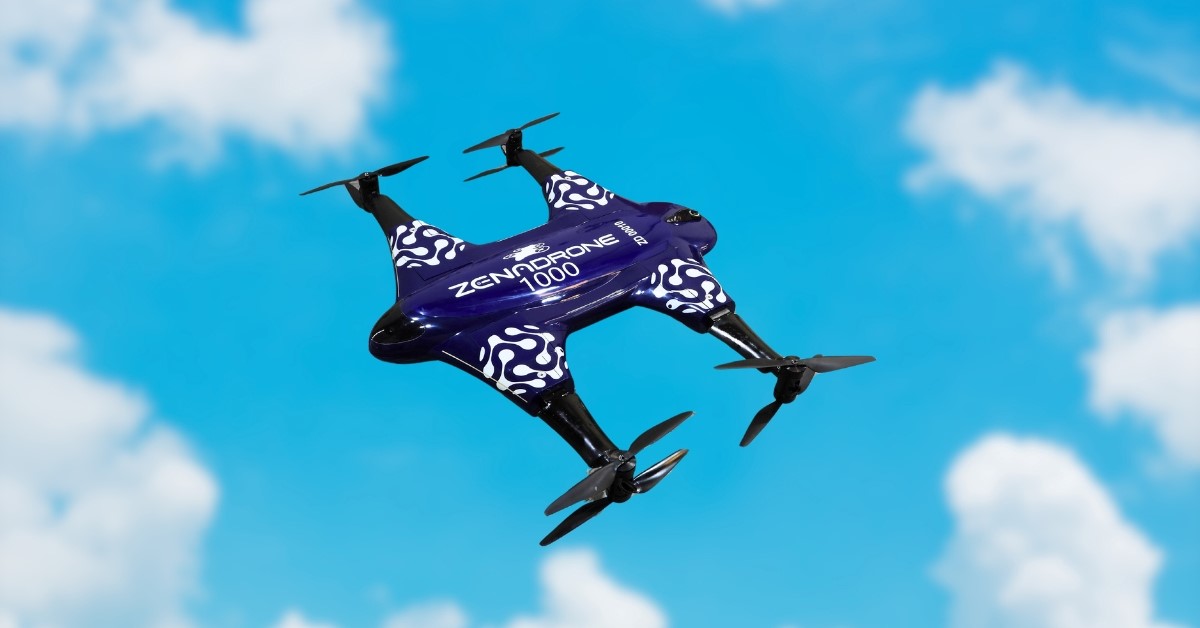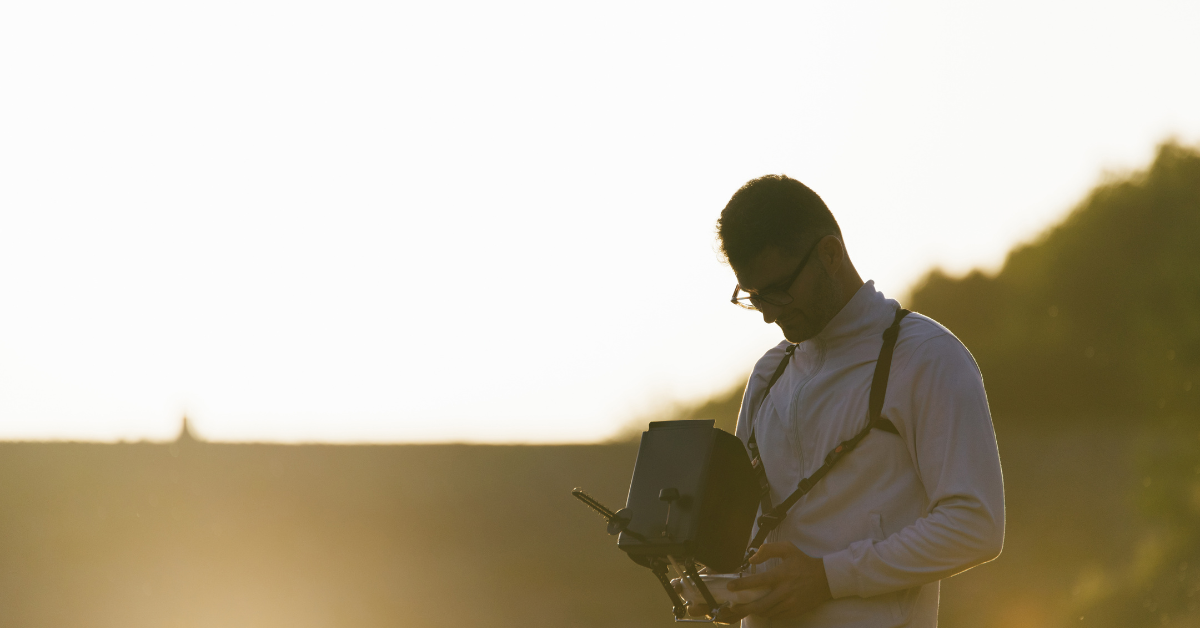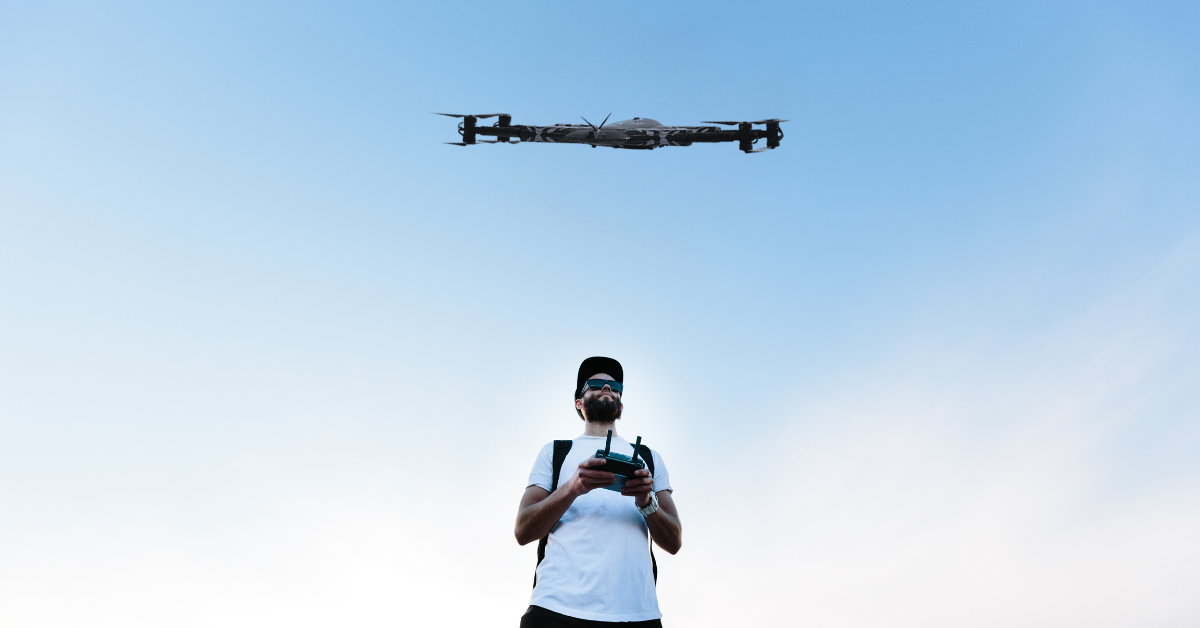Drone Technology: Actual and Potential Uses in Emergency Services

Over the years, drones have continuously innovated and advanced in terms of their features and functionality. Drones have become highly dependable and practical devices in various industries. It streamlines better work performance and accuracy in data gathering, lessens human error, and much more. The integration of drones in rescue operations has positive impacts, especially in how it strengthens the way rescuers operate in emergency services.
Valuable Perks of The Best Commercial Drone for Emergency Responses
Perk #1: Faster Search and Rescue Operations
The best drone for emergency services has all the essential features for rescuing and being quick in operations. Rescuers can easily detect life forms and come up with strategies on how they can successfully recover all life forms in an emergency. With the robust features of the best commercial drone, for instance, the ZenaDrone 1000 is a quad drone with eight propellers, making maneuverability and hovering capabilities quick and effortless. Since it has a broad lens scope, gathering actual footage from an emergency scene is much faster.
Perk #2: Locate and Monitor Life Forms
Drone technology progresses as it continues to innovate. Drones for professional use have advanced features that make them a conducive tool for SAR operations like thermal imaging and geotagging. Thermal imaging allows drone pilots to locate any life forms in hard-to-reach areas. Once they have pinned down the location through geotagging, rescuers can efficiently work their way through the rescue operation, increasing the chance of successful responses. Hence, there is more to these features that a drone can offer.
Perk #3: Aftershock Disaster Detection
Commercial drone companies, like the ZenaDrone, integrate the best and most valuable features to ensure top-notch drone integration for emergencies and various industries. With a multispectral sensor, drones can detect aftershocks from earthquakes and typhoons. Through this, they can calculate the gravity of the emergency responses they have to undergo.
Perk #4: Access Remote and Risky Areas
Drones are very flexible, and this tool can quickly adapt to its specific uses. With a drone, rescuers can reach remote areas without risking their team’s lives. As a result, team efficiency will increase since they can function with conducive strategies for a better and more secure search and rescue response.
Drone Use 101: Things to Consider When Integrating Drones for Professional Use
Tip #1. Drone Safety
When working with drone technology, safety must always be your top priority. High-quality sensors are essential for UAVs because they can detect potential accidents and safely engineer their way around them. These capabilities of drones should be comparable o human pilots. It’s admirable to seek out drone service providers who are experts in flying drones safely.
Tip #2. Privacy
Some people want to use drones to keep everyone safe, yet doing so could lead to severe violations of personal freedom in the name of public safety. Certification for the use of drones in emergencies requires cooperation with local authorities and the FAA. Drone service providers may have extensive experience working with local governments to draft appropriate regulations, so you can turn to them for assistance on this topic.
Tip #3. Software Malfunctions
Improvements are continually being made to drone technology to reduce the likelihood of accidents and other risks to human life. Given its versatility, this tool could have some hiccups. Therefore, it is crucial to have an excellent drone service provider to contact for help when needed. A solid rapport with them is essential because you will depend on their services for your drone maintenance needs.
Tip #4. Piloting Skills
An appropriate skill set is required to get accurate findings successfully. Therefore, pilots of drones would need extensive training or a third-party drone service provider to acquire, process, and evaluate data. As with any tool, they are learning the ins and outs of flying a drone, making it easier to deploy and operate in various settings. Emergency personnel will be able to achieve more in less time and with more accurate data during search and rescue operations.
Tip #5. Weather Depiction
It is undeniable that drones have robust hardware design that makes this tool conducive and sturdy enough to fight any weather disturbances, especially when in emergency services. Hence, when looking for a drone to integrate into SAR operations, always choose drones with top-notch hardware. For instance, the ZenaDrone 1000 has a carbon fiber body, allowing you to maneuver it on any weather depictions and still capture data with high precision. It is one of the leading drone technologies that guarantee one-of-a-kind drone integration.
The Takeaway
Drones can be the solution to increasing SAR operations while mitigating the risk of angering more people through the process. It is a multi-industrial tool that allows you to indulge in its perks for emergency responses and other functions. As a flexible and highly adaptable tool, having drones for professional use, such as in rescue operations, is a practical move.















